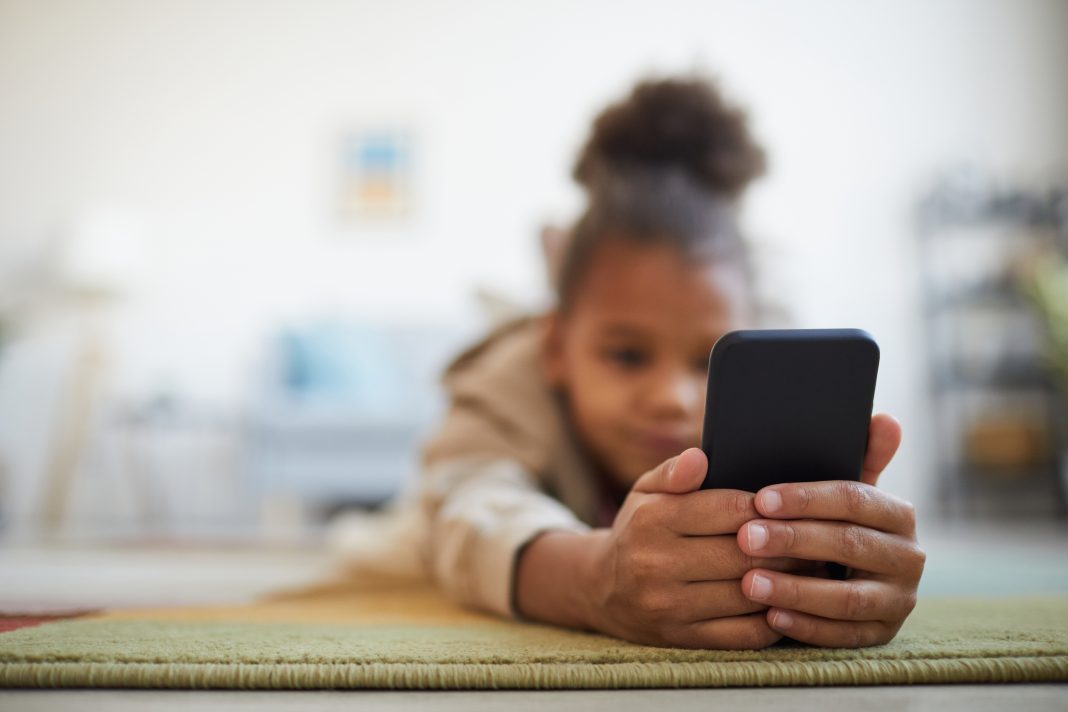The Online Safety Bill has raised questions about the importance and impact of technology on improving online safety for students
As students and teachers increasingly rely on technology inside and outside of the classroom, the issue of online safety for students has been hotly debated. The Online Safety Bill continues to be a topic of discussion and has raised questions about the importance and impact of technology in the education sector.
The Internet is an essential resource for information, contributing to the development of the education sector. Whether it’s for sharing study material, accessing course tutorials, gathering knowledge on specific topics, or setting up virtual learning opportunities, the Internet plays a critical role in modern education. So, it’s also crucial to understand the potential risks of exposing children and youth to such advanced technology.
We spoke with Mat Pullen, a senior education expert at Jamf, about the risks involving technology in the education sector and how to ensure young people’s online safety.
This generation of children is Internet savvy, so why are they not safe online?
A lack of awareness of the dangers present online
The current generation of children has a natural affinity towards technology and the Internet. Smart devices and high-speed Internet are ubiquitous, and young people tend to be incredibly tech-savvy. However, this familiarity with technology can also lead to complacency and a lack of awareness of the dangers present online.
While these children are confident in their abilities and understanding of technology, they may not be aware of the potential risks and dangers that exist in the digital world. Without proper guidance and safeguards in place, it is easy for them to stumble upon harmful content, such as violence or sexual material, which can have a significant impact on their development and well-being.
Furthermore, recent research has shown that one in ten teachers is confident that their students are safe online, highlighting a critical need for more education and awareness around online safety for students. Children may also be at risk of grooming or other inappropriate contacts, as well as cyber threats such as malware and phishing attacks.
It is crucial for parents, teachers, and guardians to take an active role in educating and protecting children online. This can include setting parental controls, having open and honest conversations about online safety, and monitoring children’s online activity. By doing so, we can help ensure that this generation of children can continue to enjoy the benefits of technology while also staying safe and protected online.

Is the Online Safety Bill going in the right direction regarding child online safety?
I wholeheartedly agree that the Online Safety Bill is an essential step in the right direction. It acknowledges the growing concern around online safety and takes action to create legal responsibility for online platforms to address harmful content. By doing so, this bill will help protect vulnerable individuals and ensure that online platforms take their responsibilities seriously.
However, it’s important to note that the bill is not a panacea for all online safety issues. Like the EU GDPR laws, it sets the legal framework for companies to protect personal information, but the existence of the law doesn’t guarantee compliance. Similarly, the Online Safety Bill needs to be effectively implemented to ensure that its provisions are enforced and online platforms take responsibility for harmful content.
Recent research revealing that a significant number of teachers feel that the Online Safety Bill needs to do more to protect students reinforces the idea that the bill is just one part of the solution. Teachers and parents require more support to ensure young people stay safe online, including guidance on how to identify and address online risks and how to leverage technology to create a safe environment for children to explore and learn.
Moreover, technology plays a crucial role in creating a secure online experience in education. By implementing content filtering and other measures, it is possible to create a safe space where students can explore and develop in a secure environment. This, coupled with the right guidance and support from teachers, can go a long way in keeping children safe online.
But it’s important not to rely on technology alone. Educating children on how to identify and address online risks and the importance of online safety is essential to ensure their protection. The government can provide resources to teachers, lecturers, and parents to learn more about online risks and how to mitigate them.
The Online Safety Bill is an essential step in the right direction towards creating a safer online environment. However, it’s only one part of the solution, and more needs to be done to ensure that young people are safe online. By providing guidance, support, and education and leveraging technology, we can create a safer online environment for the current and future generations.
How can technology be used to build online safety for students and support parents and teachers?
To expand on the use of filtering technology, it is essential to note that there are different types of filters that schools and parents can utilise. One is a content filter, which restricts access to inappropriate websites and content based on keywords or categories such as violence, nudity, or gambling. Another is a time filter, which limits the amount of time a student can spend on the internet each day or blocks access during certain times, such as during school hours or late at night.
Another way technology can be used to support online safety is through parental control apps. These apps allow parents to monitor their online activity, block access to certain apps or websites, and set time limits. This gives parents greater control over what their children are exposed to online and allows them to have more informed conversations about online safety.
For teachers, there are also a variety of online resources available to help them educate their students on online safety. Many organisations provide lesson plans, activities, and workshops that teachers can use to teach their students about online safety and responsible internet use. In addition, there are online training courses available for teachers who want to improve their own understanding of new technologies and online safety best practices.
Finally, it is important to emphasise that technology should not be the only solution for online safety for students. Parents and teachers should also have open and honest conversations with children about online safety and teach them how to recognise and respond to online threats. Children need to understand that the online world can be dangerous, just like the real world, and they need to be equipped with the skills and knowledge to protect themselves. By combining technology with education, parents and teachers can provide a comprehensive approach to online safety for children.
How can schools implement an effective ed tech strategy to transform the learning experience for children?
To implement an effective ed tech strategy in schools, it is essential to provide teachers and parents with the necessary resources and knowledge to understand and effectively use technology. The Online Safety Bill is a positive step towards creating a safer online environment for children, but it is crucial to ensure that all education providers are aware of it. It is worrying to see that a significant proportion of teachers do not feel equipped to predict the effectiveness of the Online Safety Bill.
Flexibility and freedom are key benefits of technology in the learning process, especially in the wake of the pandemic and teacher strikes. As students have had to take greater responsibility for their own learning, technology has played a crucial role in enabling them to continue their education independently. Personalised learning approaches that best suit each student’s learning style can enhance engagement and motivation, and combining this with structured learning will benefit students even more.
Consistency is also vital in ensuring that students’ technological experiences are cohesive and effective throughout their educational journey. A disjointed experience can occur when students move from one stage to another, and it is important to ensure that all stages are blended seamlessly to create a cohesive learning experience.
It is essential for teachers to understand that technology is a tool to support learning and should be used as such. Teachers should plan their lessons and use technology to enhance and engage students’ learning experience.
To implement an effective ed tech strategy, schools should invest in professional development opportunities for teachers and provide ongoing support for their use of technology in the classroom. It is also crucial to ensure that students are educated on how to use technology responsibly and safely. Schools can work with parents to provide guidance and resources on how to monitor their children’s online activities and keep them safe.
Technology has the potential to transform the learning experience for children, but it is crucial to ensure that it is used safely and effectively. With proper support and education, technology can provide a personalised and engaging learning experience that benefits students in all stages of their educational journey.
This piece was written and provided by Mat Pullen, Senior Education Expert at Jamf.











